 |
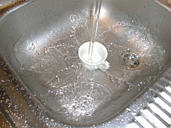 |
 |
| |
|
|
Now we are able to define the terms laminar and turbulent in a more precise fashion. In a laminar flow all the molecules in the fluid move more or less smoothly in the same direction and at the same speed. In a turbulent flow, however, the molecules in a fluid move in many different directions and at many different speeds.
Where does turbulence occur?Turbulent motions are very common in Nature. Turbulence occurs nearly everywhere: in the oceans, in the atmosphere, in rivers, even in stars and galaxies. In fact it is easier to find a turbulent flow than a flow that is really laminar. Here are a few examples of turbulent flows:
- The wake of a ship or submarine is turbulent.
- The swirls and eddies in a fast flowing river are turbulent.
- The air currents in the atmosphere are turbulent.
- Turbulence was observed in the ash plume of the Mt. Spurr volcano as it erupts
- The outer layer of the Sun, i.e. the convection zone, is highly turbulent.
 |
 |
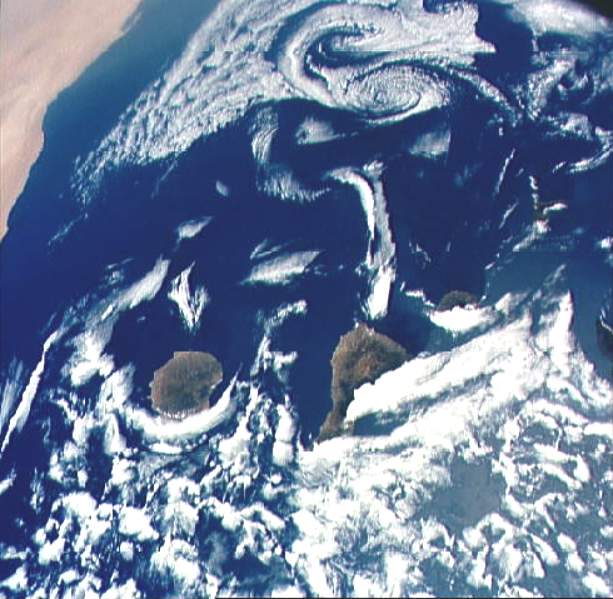 |
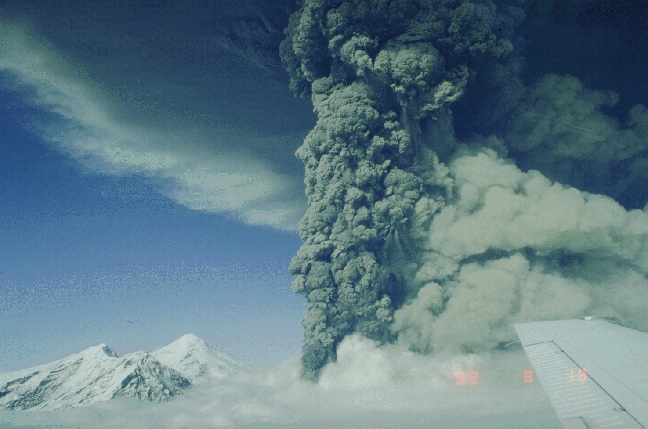 |
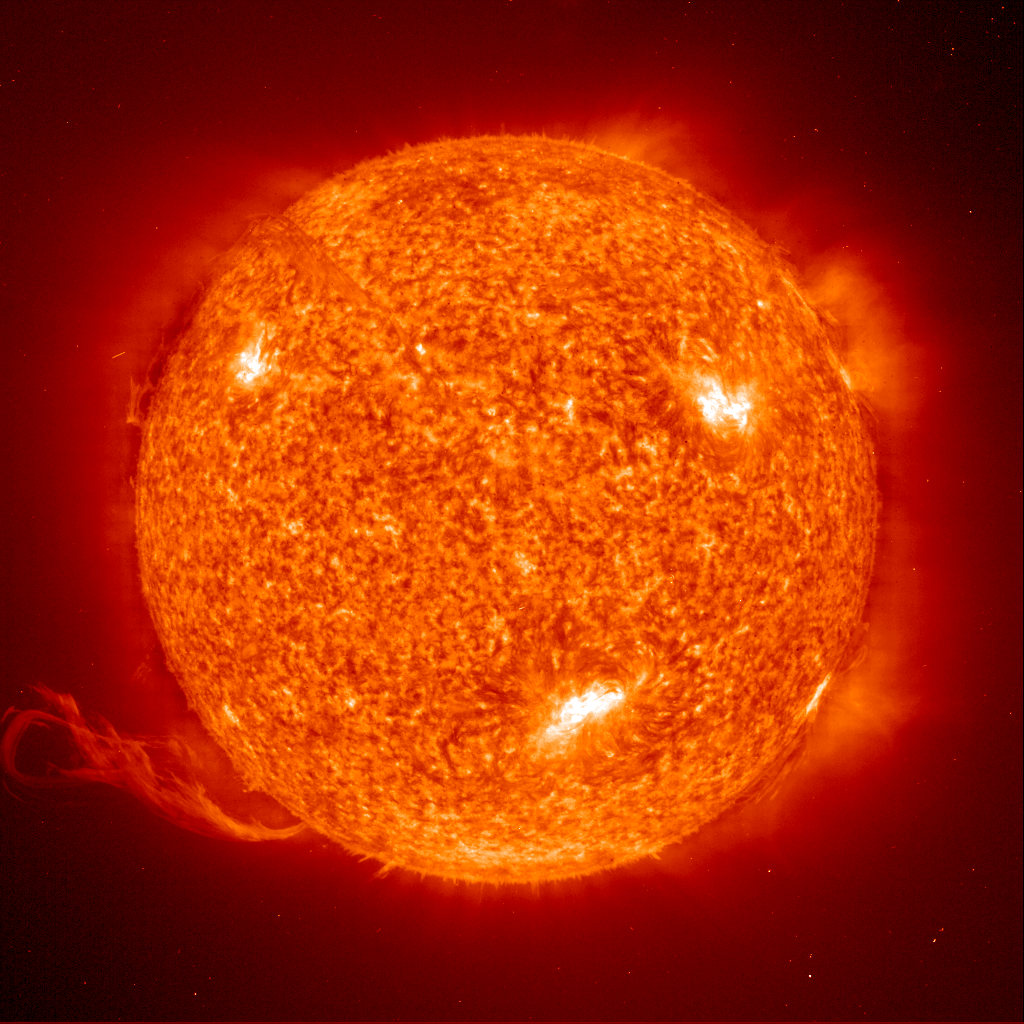 |
| |
|
|
near Anchorage in 1992 |
|
How is turbulence generated?
How easily a fluid becomes turbulent depends to a large extend on its viscosity. Simply speaking, viscosity is the resistance of a fluid (i.e. either a liquid or a gas) to movement. The more viscous a fluid is the less likely it is to become turbulent. Thus, water or air which have a low viscosity can become turbulent relative easily, while honey or syrup, which are very viscous, tend not to become turbulent.
There are many ways in which a fluid can become turbulent.- Heating: If you heat a fluid at the bottom and cool it at the top the fluid becomes turbulent due to convection.. This is what happens in a boiling pot of water.
- Pressure: The water stream that emerges from the faucet in the picture above is laminar. This is because the faucet is not fully open and the pressure in the pipe is fairly low. If you open the faucet to its full extend the water will shoot out in a very wild manner. When the faucet is fully open the pressure in the pipe is very large.
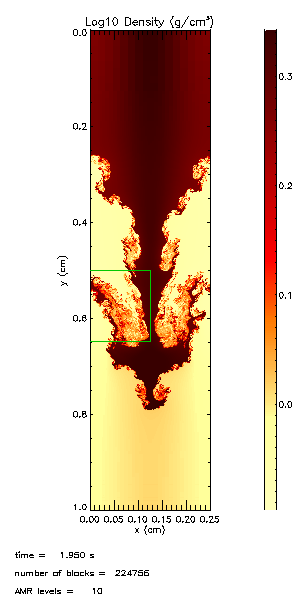 |
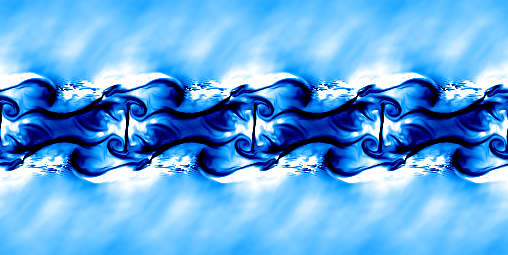 |
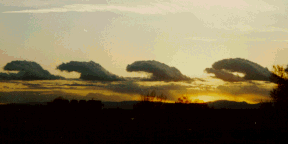 |
| of a Rayleigh-Taylor instability |
of a Kelvin-Helmholtz instability |
Kelvin-Helmholtz instability. |
Note, that there exist many more ways in which a liquid can become turbulent.
Resarch in Turbulence.
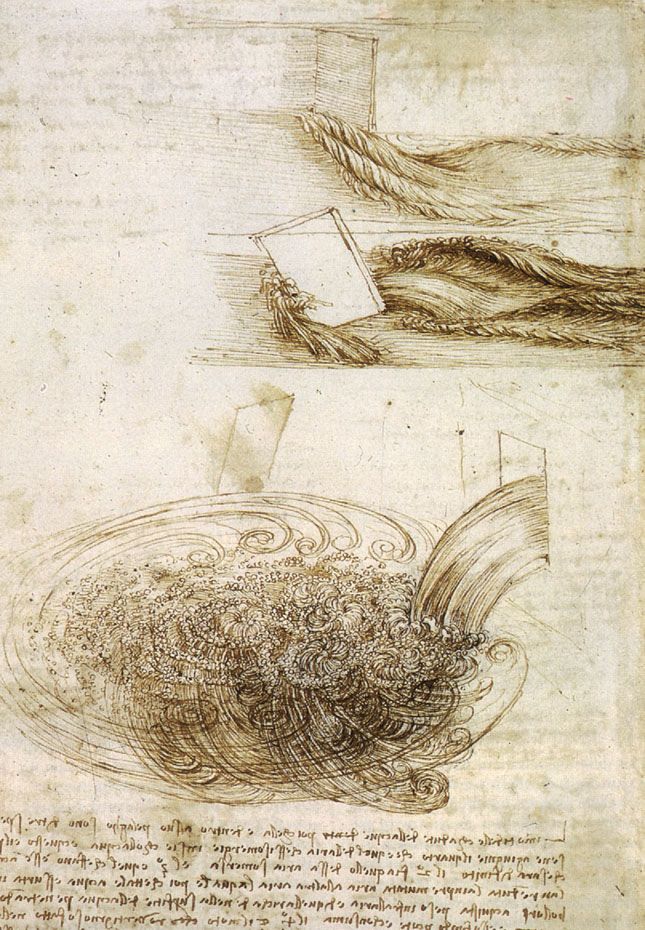 Turbulence is a very complex physical phenomena and even today we do not fully understand how turbulence works. Richard Feynman, a Nobel Prize-winning physicist, once said
that turbulence is the most important unsolved problem of classical physics.
Turbulence is a very complex physical phenomena and even today we do not fully understand how turbulence works. Richard Feynman, a Nobel Prize-winning physicist, once said
that turbulence is the most important unsolved problem of classical physics.
The first person that described and studied turbulence was probably Leonardo da Vinci (1452-1519). His sketches of turbulence can still be seen today. Since then many famous scientists have worked on the problem of turbulence like for example Leonhard Euler (1707-1783), Hermann Ludwig Ferdinand von Helmholtz (1821-1894), William Thompson (Lord Kelvin) (1824-1907), Lord Rayleigh (1842-1919) and Andrey Nikolayevich Kolmogorov (1903-1987) to name but a few.
Today, many problems related to turbulence remain unsolved and research in turbulence is very active. Outstanding problems related to turbulence are:
- Turbulent diffusion/Turbulent Magnetic Diffusion
- Turbulent transport of energy and angular momentum
- MHD Turbulence. Researchers investigating MHD (magneto-hydrodynamic) turbulence investigate what happens to the turbulence in the presence of magnetic fields